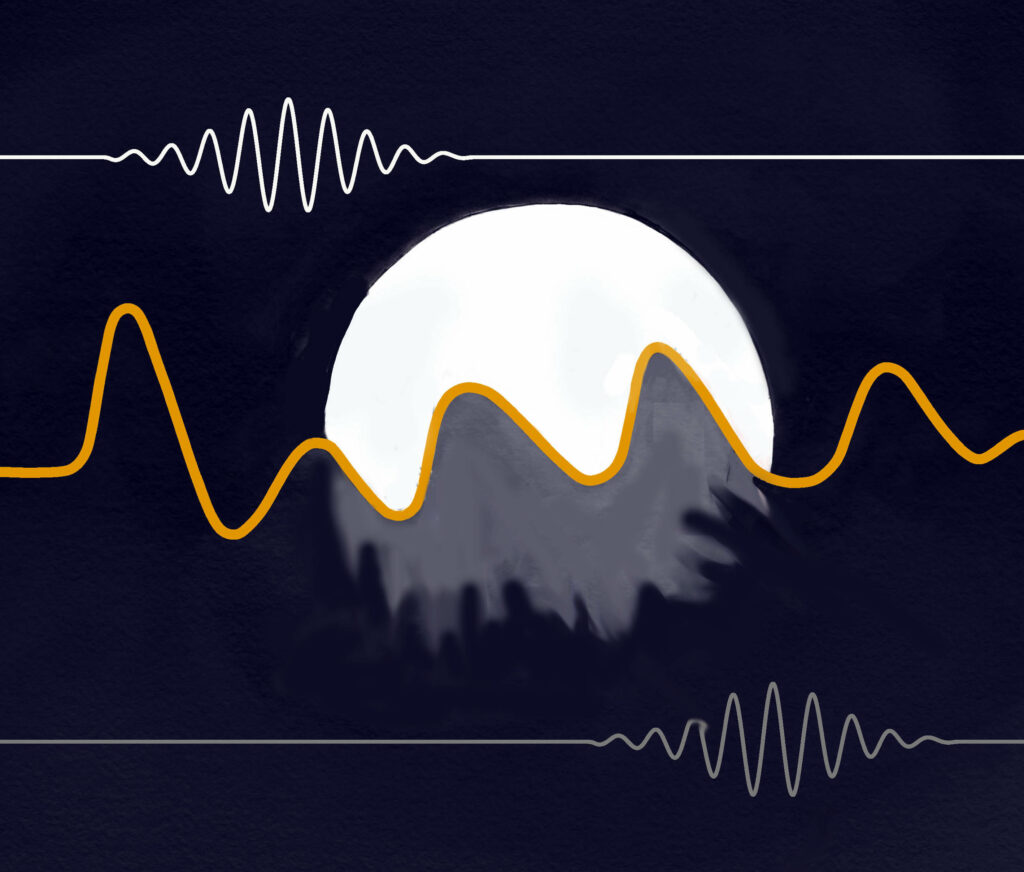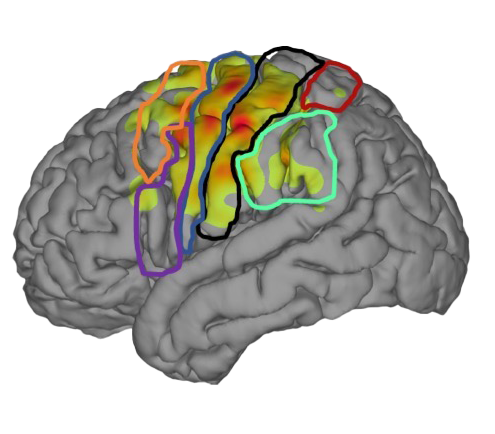
Projects

Cross-area dynamics during learning
Learning a new motor skill appears to require a distributed circuit involving ‘cognitive’ (e.g. prefrontal cortex, PFC) and motor networks (Motor Cortex, M1 & dorsolateral striatum, DLS). We aim to understand this process from the first exploratory attempt to the emergence of a consolidated skill. Figure on the left is based on results from Kim et al., Nature 2023 showing the transition from fast learning to slow learning; there were changes in coupling between PFC and M1 that marked the onset of stabilization of M1 dynamics. Slow learning is also associated with greater coupling between M1 and DLS (e.g. Lemke et al., Nat Neurosc, 2019; Lemke et al., eLife, 2021)
Griffin et al., Nature 2025; Kim et al., Nature, 2023; Lemke et al, Nature Neuroscience, 2019; Lemke et al. eLife, 2019; Veuthey et al., Nat Comm, 2020
Network basis of memory consolidation and active forgetting during sleep
Sleep is known to be important for memory consolidation. We aim to delineate the network dynamics of learning, consolidation and active forgetting. The balance between consolidation and forgetting may be important for generalization and “credit assignment” . Image on right depicts that sleep patterns (slow-oscillations, delta waves, spindles) may regulate consolidation versus forgetting.
Kim et al., Nature 2023; Kim et al., Cell, 2019; Lemke et al. eLife, 2019; Gulati et al., Nature Neuroscience, 2017; Gulati et al., Nature Neuroscience, 2014


Modulation of network dynamics to improve recovery after stroke
We strive to understand how distributed brain networks support long-term recovery after injury. A particular focus in on how premotor areas can compensate through changes in coupling to subcortical regions (e.g. striatum and brainstem).
A key related goal is to develop methods for large-scale modulation of network dynamics to improve function. For example, we have found that restoration of low-frequency oscillatory network dynamics can improve function after injury. Our perspective (Ganguly et al., Neuron, 2022) provides a more detailed discussion on this.
Choi et al., Neuron (in press); Ghuman et al. Nature Communications, 2023; Ganguly et al., Neuron, 2022; Guo et al., Cell Reports, 2022; Kanna et al, Cell, 2021; Ramanathan, Guo et al., Nature Medicine, 2018
Long-term BCI control of an upper limb prosthetic in individuals with paralysis (Developing ‘Plug and Play’ Systems)
We also aim to translate our growing understanding of memory consolidation and representational stability/plasticity to create long-term stable neuroprosthetic control that resembles our natural ability for skill consolidation. Video below from Natraj et al, BioRxiv, 2023 (in revision).
Natraj et al., Cell, 2025; Natraj et al., Neuron, 2022; Silversmith*,Abiri*,Hardy*,Natraj* et al, Nature Biotechnology, 2021; Ganguly et al., Nature Neuroscience, 2011; Ganguly et al., PLoS Biology, 2009
